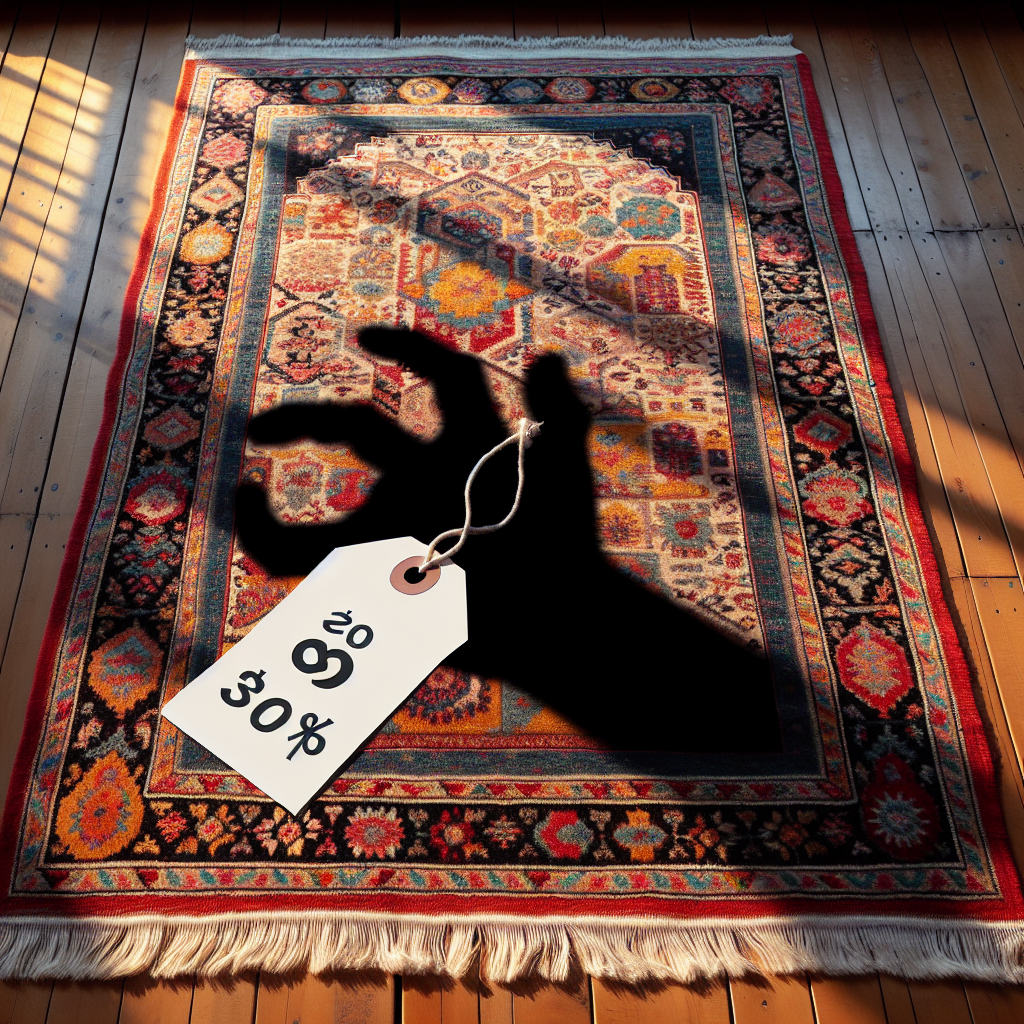Tariffs on Kashmir Carpets: A Threat to Traditional Weaving Amid Rising Costs
Tariffs on Kashmir Carpets: A Threat to Traditional Weaving Amid Rising Costs
Introduction
The imposition of tariffs on Kashmir carpets is posing a significant threat to the traditional weaving industry. This development comes at a time when rising costs are already challenging the sustainability of this age-old craft.
Impact of Tariffs
Tariffs have been introduced on Kashmir carpets, which are renowned for their intricate designs and craftsmanship. These tariffs are affecting the industry in several ways:
- Increased Costs: The additional tariffs have led to higher prices for consumers, potentially reducing demand.
- Competitive Disadvantage: Kashmir carpets are now less competitive in the global market compared to carpets from regions without such tariffs.
- Economic Strain: Weavers and artisans are facing financial difficulties as their profit margins shrink.
Challenges Faced by Weavers
The traditional weavers of Kashmir are encountering numerous challenges due to these tariffs:
- Rising Material Costs: The cost of raw materials has been increasing, further squeezing the weavers’ earnings.
- Labor Shortages: Younger generations are moving away from weaving, leading to a shortage of skilled labor.
- Preservation of Craft: The art of traditional weaving is at risk as fewer people are able to sustain themselves through this craft.
Potential Solutions
To mitigate the impact of tariffs and preserve the traditional weaving industry, several measures can be considered:
- Government Support: Providing subsidies or tax relief to weavers could help alleviate financial pressures.
- Market Diversification: Exploring new markets and promoting the unique value of Kashmir carpets can boost demand.
- Skill Development: Initiatives to train and encourage the younger generation to take up weaving can ensure the craft’s survival.
Conclusion
The imposition of tariffs on Kashmir carpets is a significant threat to the traditional weaving industry, exacerbating existing challenges such as rising costs and labor shortages. To safeguard this cultural heritage, it is crucial to implement supportive measures that can help sustain the livelihoods of weavers and preserve the art of traditional carpet weaving.








































